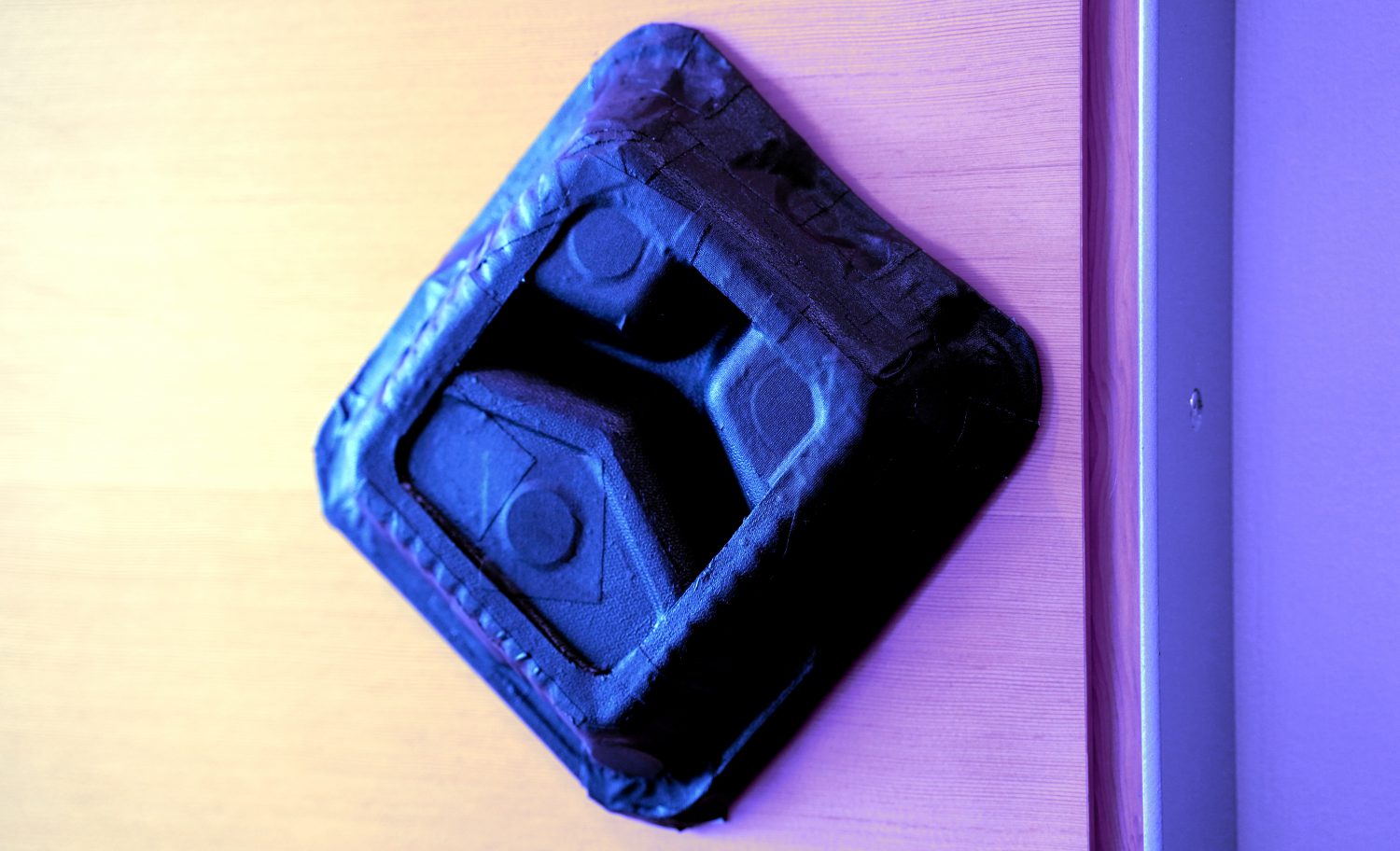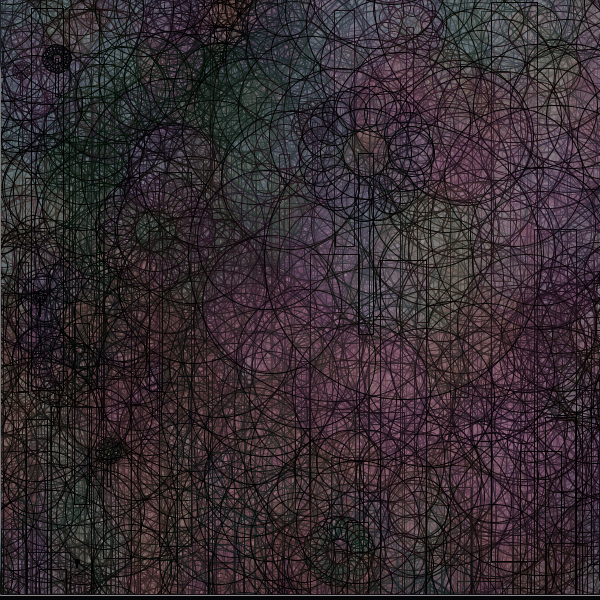This week, I ran into my first difficulties with Processing – exercise 7-6. Except, exercise 7-6 of whatever edition of Learning Processing is available through the Concordia Library. When I tried to look up the exercise, it didn’t exist!
My exercise about flower gardens and making flowers with differing numbers of petals based on a function seems to have been replaced in newer editions with an exercise about cars.
Probably because it’s a difficult exercise for someone at that point in their learning.
But I am occasionally stubborn, and I worked at that exercise, dang it! Then, after plenty of googling around, I asked for help.
I am lucky to be surrounded by talented folk at the TAG lab, and luckily enough, on that day, Tony Higuchi had the time to give me a hand. After about an hour or so, and after Tony explained many a concept to me, here is what we ended up with:
And, with a small change of parameters, this:
Yeah, it turned out that this was an exercise that didn’t belong in Lesson 2 of the book.
I am about to learn about objects and object-oriented programming… I hear that there will likely be some sticking points there too.
On the platform studies side of things, we have spent some time looking at the games that are discussed in I AM ERROR, and that felt fruitful. Finding ways to engage and argue with what feels “factual” (maybe because I’m just getting started with platform studies) is challenging. For next week, we have decided to try taking a look at how game-making softwares affect what it is possible to make in them.
I’m reminded of a workshop that I took with Kim Hoang about making visual novel romance games in Construct 2. It was possible to do, and relatively simple, but it was also in a fairly roundabout way, with much of it involving the (adequate but) fairly-limited text options. It was a lot about making things visible or invisible at the right time, and using a global variable to track what ought to be on-screen. It didn’t use any of the features that I end up almost immediately setting up – and when it did, it didn’t use them in the ways that I’m used to. Visual Novel tutorials are not popping up everywhere when you google Construct 2. Probably the thing I remember seeing the most of is stuff involving bullet behaviours (even when I wasn’t looking for that kind of stuff, the code examples that I needed were often linked to enemies and bullets).
Well, I’m back to object-oriented programming – for some reason, people make it sound complicated…


